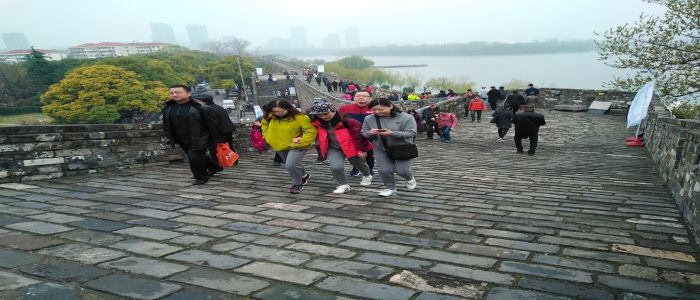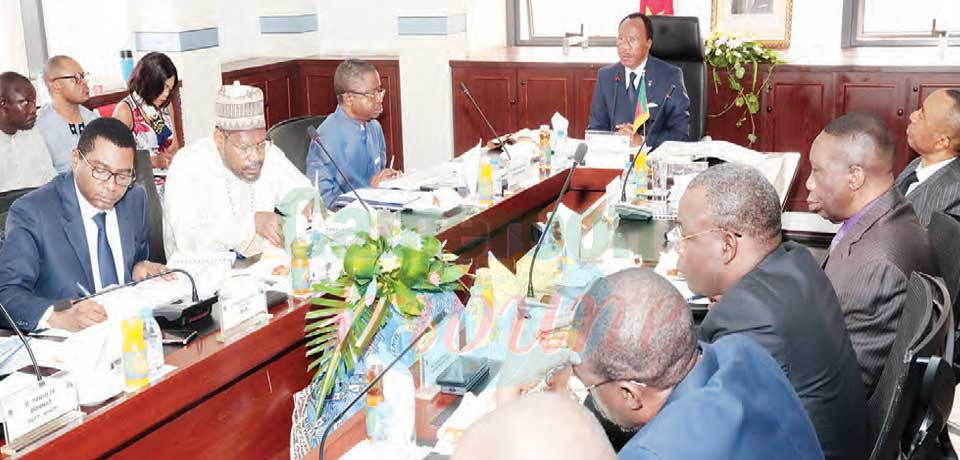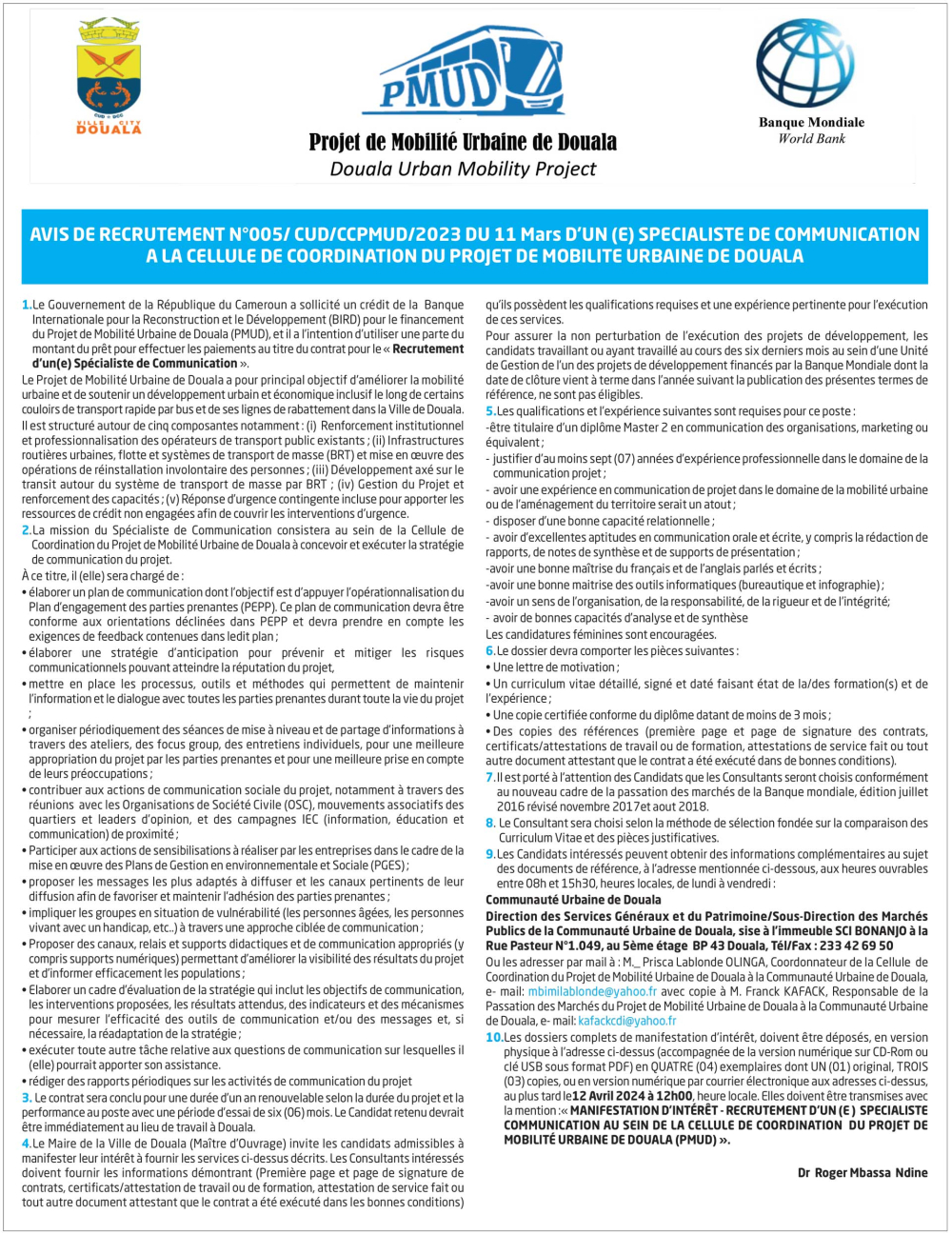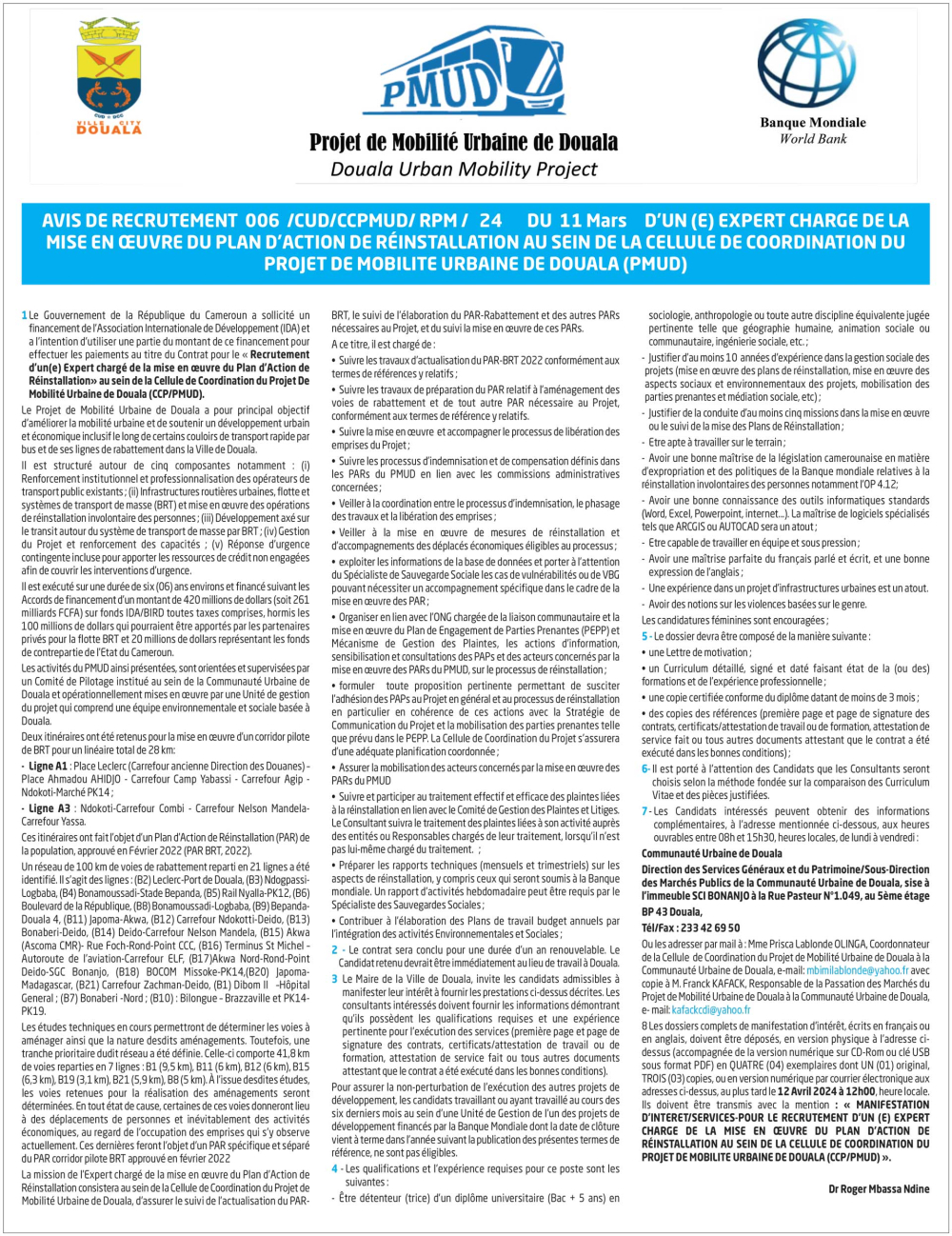
One of the historical landmarks in Nanjing is the Ming Great Wall whose construction gulped 300 million blocks.
Chinese authorities are determined to draw greater benefits from the country’s ancient civilisation through tourism. This is the case in Nanjing, capital of Jiangsu Province in the south-eastern part of the country. It served as one of the four capitals of ancient Chinese dynasties. It was only in 1949 that Chinese revolutionary leader, Chairman Mao Tse-tsung, moved the national capital from Nanjing to Beijing for the last time.
Nanjing still presents rich cultural evidence of its glorious past, amongst which is the Ming Great Wall that overlooks the sprawling Xuanwu Lake. Its construction lasted from 1366 to 1386 under Emperor Zhu Yuazhang, the founder of the Ming Dynasty. According to Winston Wang, a Nanjing-based tourist guide, the construction blocks, which were produced by farmers, had their identity details embossed on them in ancient Chinese calligraphy for quality control and accountability purposes. They were then transported by raft on River Yangtze to Nanjing for use. Today, only 25 km of the original 35-km-long wall round the city still stands; some of it having been destroyed in the Japanese invasion of China during World War II.
In some portions, the wall could be as high as 75 metres, with an avenue-like road on top that is paved with clay-fired blocks. Winston Wang says as many as 300 million clay-fired bricks were used in raising the wall whose average height is 12 metres, while the average width is seven metres. Some 200,000 labourers carried out the construction using a mixture of lime, tong oil and glutinous rice paste to hold the bricks together in place of cement that did not exist at the time. Other tourist landmarks in Nanjing include neighbourhoods around the city wall formerly inhabited by imperial officials. Just like the Ming Great Wall, these areas are thronged all-day-long by thousands of local and foreign tourists who visit cafeterias, book and gift shops, cinema halls, etc.
There is also the former residence of John Rabe, a German business representative based in Nanjing who saved the lives of at least 200,000 Chinese people during the Japanese overrun of Nanjing in 1937. The transformation of the home into a memorial is the local people’s expression of gratitude to the memory of a man did much for them in most difficult times. Some 2,000 tourists visit these former imperial sites daily during low season. The figure doubles during the high season that lasts from July to September, explained Winston Wang.
">
One of the historical landmarks in Nanjing is the Ming Great Wall whose construction gulped 300 million blocks.
Chinese authorities are determined to draw greater benefits from the country’s ancient civilisation through tourism. This is the case in Nanjing, capital of Jiangsu Province in the south-eastern part of the country. It served as one of the four capitals of ancient Chinese dynasties. It was only in 1949 that Chinese revolutionary leader, Chairman Mao Tse-tsung, moved the national capital from Nanjing to Beijing for the last time.
Nanjing still presents rich cultural evidence of its glorious past, amongst which is the Ming Great Wall that overlooks the sprawling Xuanwu Lake. Its construction lasted from 1366 to 1386 under Emperor Zhu Yuazhang, the founder of the Ming Dynasty. According to Winston Wang, a Nanjing-based tourist guide, the...
Cet article complet est réservé aux abonnés
Déjà abonné ? Identifiez-vous >
Accédez en illimité à Cameroon Tribune Digital à partir de 26250 FCFA
Je M'abonne1 minute suffit pour vous abonner à Cameroon Tribune Digital !
- Votre numéro spécial cameroon-tribune en version numérique
- Des encarts
- Des appels d'offres exclusives
- D'avant-première (accès 24h avant la publication)
- Des éditions consultables sur tous supports (smartphone, tablettes, PC)
















Commentaires